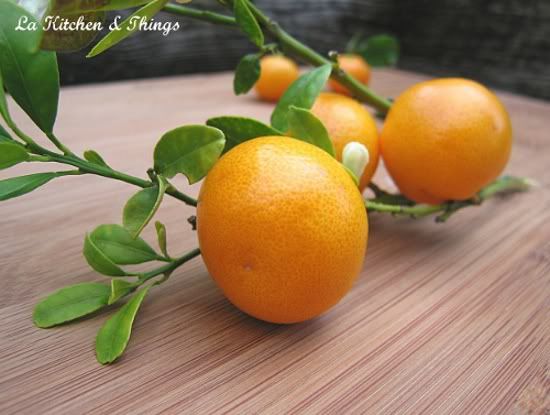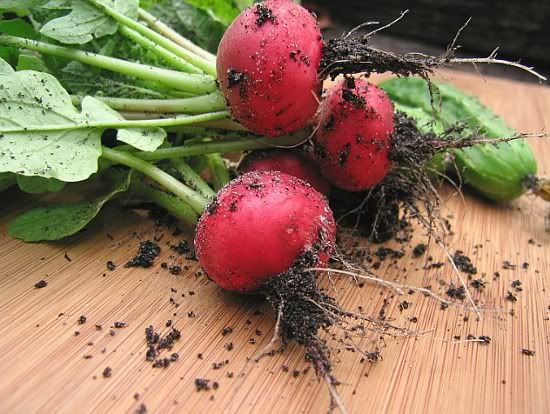
Calamondin or Kalamansi is a small citrus fruit that is about the size of a quarter, give or take a bit. The trees are bush-like and normally produce quite a bit of their sour fruits during the cool season. It is this attractive appearance bursting forth with bright orange color that has earned the Calamondin tree the reputation of an ornamental plant in parts of the U.S., like California & Florida, where it grows well and thrives.
In fact, I've lived around Calamondin trees for about six years now, yet I've never noticed a neighbor or someone walking about the neighborhood stop and pick some to bring home and enjoy. This is a bit of a culinary shame for so many reasons from delicious marmalade to citrus flavored simple syrup. The biggest, simplest, and most obvious reason though is that calamondins can replace lemons & limes with ease in mixed drinks and hot or iced teas. A wonderful aspect of Calamondin this is, as the prices of both conventional and organic lemons & limes are high and not expected to drop any time soon.
Picking: If you live near calamondins, know that they will rip open if you simply grab the fruit and pull. Be sure to grab the stem and pull away from the main branch or use scissors to cut the fruit neatly away. Also, if the tree is not yours, be sure to ask your neighbors if you can pick them while also ascertaining information about things like chemical lawn treatments and such. I, personally, will only pick fruit from yards where no treatments of the sort are done. Lastly, be sure to pick ripe fruit. Citrus does not ripen off of the tree.
Recipe:
1 Part Rum or Vodka
2 Parts Mixer (Ex. Tonic, Soda Water, Juice, Etc.)
Ice
Calamondins/Kalamansi

*The Calamondin/Kalamansi is indigenous to The Philippines and other parts of Asia. In addition to California and Florida, the trees also grow in Texas, Mississippi, and Hawaii!




